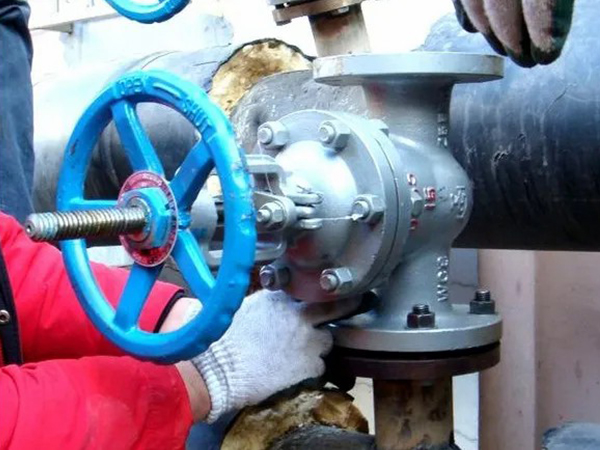阀门安装的9个误区,你知道多少?

Do you know the 9 misunderstandings of valve installation? Let's take a look!
01 Bolt is too long
The bolt on the valve, only one or two threads over the nut can be. Reduces the risk of damage or corrosion.
02 Control valves are not isolated separately
Although the isolation valve takes up valuable space, it allows personnel to work on the valve when maintenance is needed. Because of space constraints, the gate valve is considered too long, and a butterfly valve can be installed, which takes up almost no space.
03 No pressure gauge or device is installed
Some utilities like to calibrate the tester, gauge or device usually provide a connection for their field personnel to use to inspect the device. Although not specified, this installation can see the actual pressure of the valve.
04 Installation space is too small
Installing a valve station may involve digging concrete and other work, do not try to make it as small as possible to install space, save that little cost. It will be very difficult to carry out basic maintenance at a later stage. Also keep in mind that the tool can be very long, so you must set the space to reserve space so that the bolt can be loosened.
05 Do not consider later disassembly
If all the pieces are tightly tightened and there are no gaps, pulling them apart is almost impossible. Whether it is a channel coupling, flange joint or pipe joint, sometimes it may be necessary to remove the part.
06 Concentric reducing pipe installed horizontally
Eccentric reducing tubes can be installed horizontally, concentric reducing tubes are installed in a vertical line. In some applications it is necessary to install on a horizontal line, to use an eccentric reducer, but this problem usually involves cost: concentric reducer is cheap.
07 Do not allow drainage of valve Wells
Even during valve start-up, when air is discharged from the valve cover, water will fall on the floor at some point. If it is not possible to install a drain pipe, use a simple drain pump. In the absence of power, a float valve with an injector will effectively keep the chamber dry.
08 Do not exclude air
When the pressure drops, air is expelled from the suspension and transferred into the pipe, which can cause problems downstream of the valve. A simple bleeder valve will get rid of any air that may be present and will prevent downstream problems. A bleed valve upstream of the control valve is also effective, as air in the guide line can cause instability.
09 Spare tap
This setup makes it easy for future maintenance, whether it's connecting hoses, adding remote sensing to control valves or adding pressure transmitters to SCADA.
For the small cost of adding accessories at the design stage, it significantly increases usability in the future.









